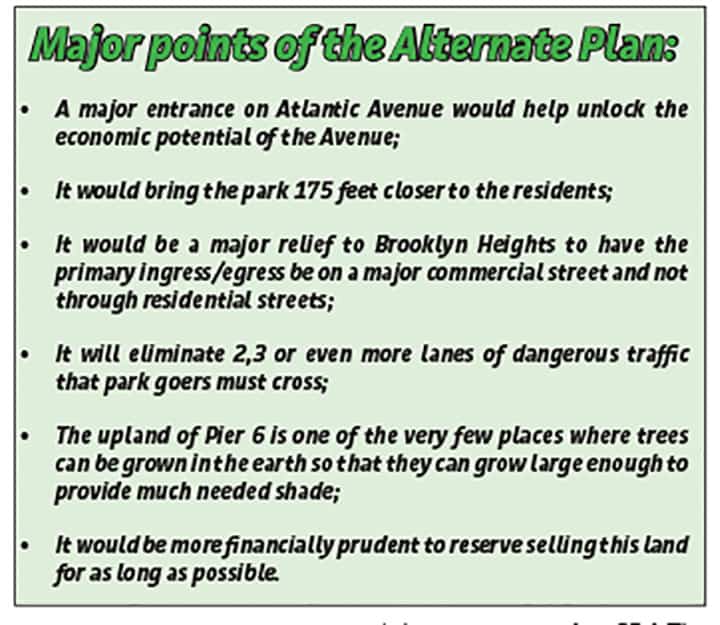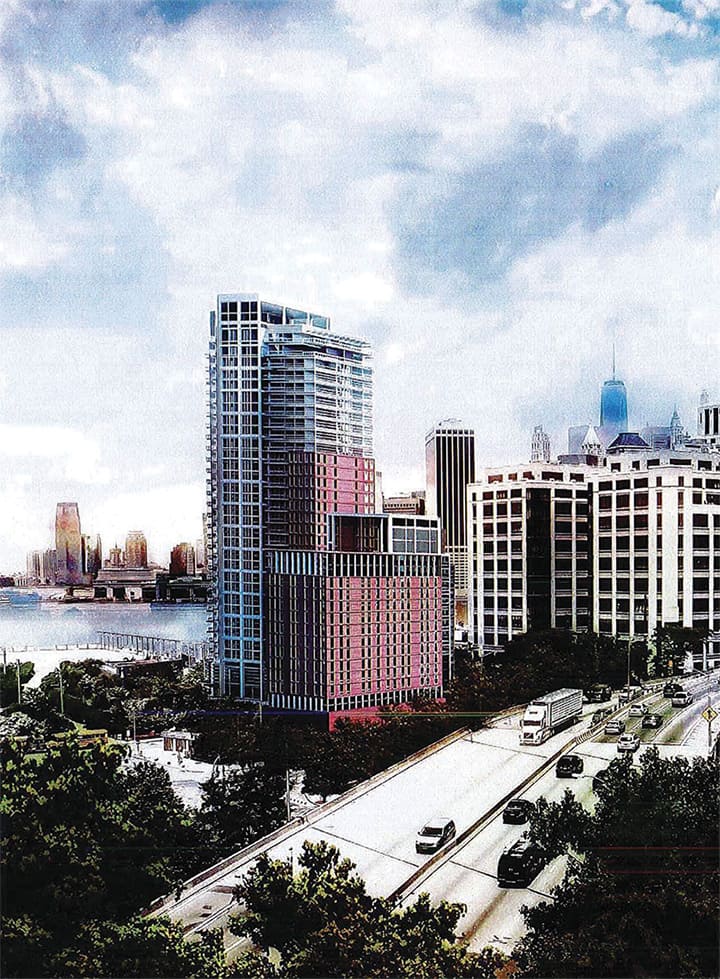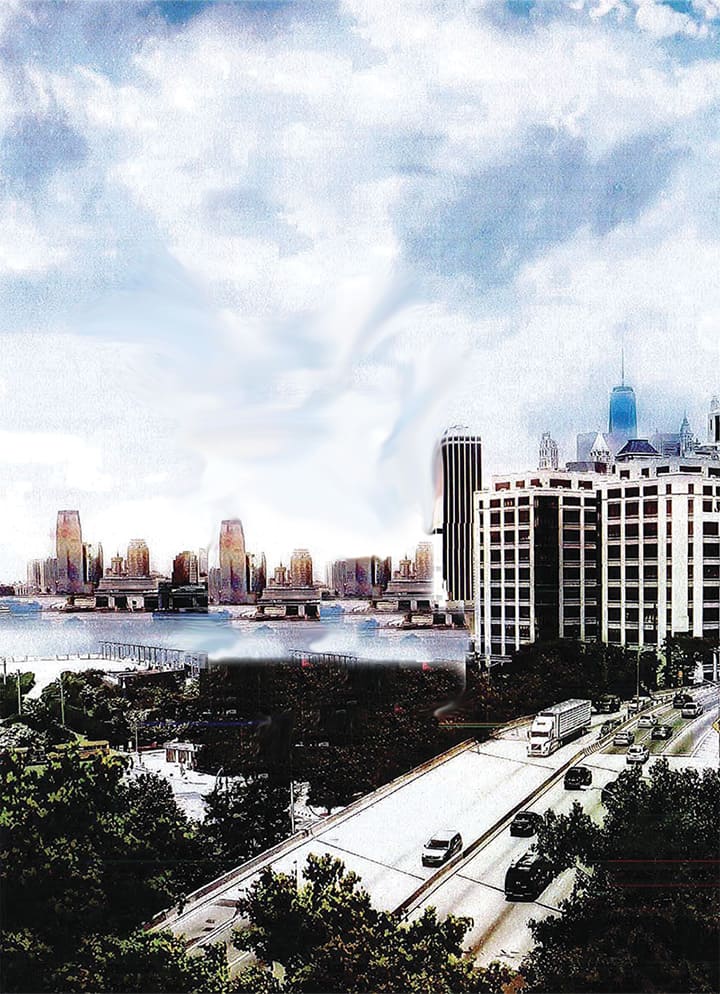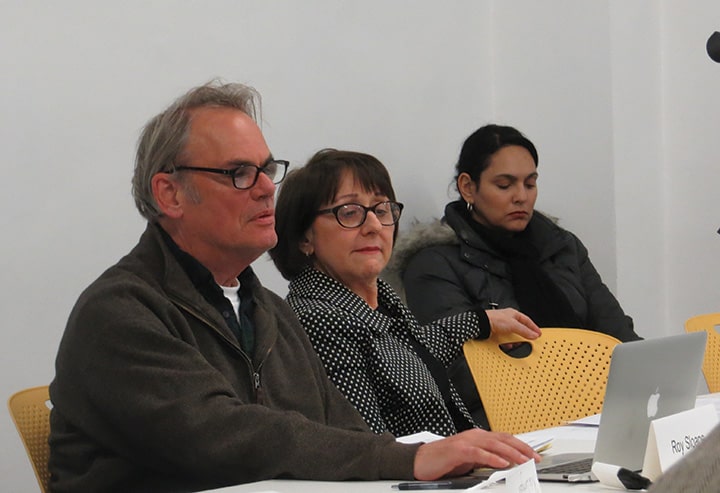In case you haven’t noticed, a waterfront park has been taking shape just north of the Red Hook Containerport. Brooklyn Bridge Park, conceived of in the 1980’s and 90’s, and built this century, has not been without controversy.
For much of Brooklyn’s history, the Fulton Ferry piers were a busy hub for loading and unloading cargo ships. By the early 1980’s, that activity had for the most part moved to New Jersey and the Port Authority (PA) together with NYC planned to turn over Piers 1-6 to the private sector for commercial and residential development.
In 1992, the PA, then under the leadership of Stanley Brezenoff, was about to sell the piers to developers. It was only community pressure and intervention from the governor’s office that prevented the sale in favor of a park plan that the neighborhood preferred.
Fast forward 23 years and a park has appeared, but the housing issue has not gone away. Pierhouses, a project of the Toll Brothers, is currently rising at the north end of the park and already selling some of the most expensive luxury condos in the city. One Brooklyn Bridge Park, a renovation of the former Jehovah’s Witness printing plant, features condos for as much as $6 million.


Next to One Brooklyn Bridge, RFP’s have been submitted by developers eager to build two additional towers, one of them reaching 37 stories. These towers would also house luxury condo’s, and only a judge’s temporary restraining order is preventing construction from beginning.
On March 3rd, at a meeting of the Brooklyn Bridge Park Community Advisory Council, member Roy Sloane presented an alternative vision for Pier 6. His vision is based upon what, in economics, is called “opportunity cost.” The term refers to what is lost by making one choice as opposed to another. According to Wikipedia, opportunity cost plays a crucial part in ensuring that scarce resources are used efficiently and are not restricted to financial costs: they also include lost time, pleasure or any other benefit that provides utility.

A grand park entrance
According to Sloane, his plan would create a much grander entrance to the park, creating as much as three additional acres of parkland. There is a strong financial reason to not building now as well. Current trends indicate that the land will be worth much more in decades to come. According to some Wall Street financial analysts, the park has a sufficiently funding base with the current developments to sustain the park and pier for the next 50 years. Holding on to the property for now is a more prudent choice.
Sloane’s presentation was well received. The hope is that it could get a hearing at the next board meeting of the Brooklyn Bridge Park Development Corporation (BBPDC).
Community Board Two divests
In other business, CAC co-chair Lucy Koteen read aloud a letter to the CAC from the new Community Board 2 (CB 2) chairperson Shirley McCrae.
According to the CAC charter, CB2 is responsible for appointing a co-chair. McCrae’s letter informed the group that CB 2 will no longer do so. It said that “the discourse at and resultant actions of the CAC often appear to be adversarial to the Brooklyn Bridge Park Corporation… it creates a dysfunctional dynamic that I no longer want the community board to be a party to.”
As the CAC is meant to serve as a conduit for the community to communicate with the park corporation, similar to the Gowanus Canal Community Advisory Group, CAC members were left to wonder who CB2 is meant to represent.
The third major topic discussed at this meeting was the rescinding of a stop-work order given to the Pier House. Views of the Brooklyn Bridge are very important to residents of Brooklyn Heights, especially those who live near or frequent the Brooklyn Promenade. The current not yet completed building already blocks views.
The BBPDC had always assured the Brooklyn Heights Association that these views would not be disturbed by any construction. Steve Guterman, whose group “Save the View” has collected over 5,000 signatures protesting the height of the hotel, explained the ins and outs of measuring building height, and encouraged the community, and the CAC, to keep pressure on Toll Brothers to respect the neighborhood’s wishes.
The CAC has an impressive roster, including representatives from CB 6, The Atlantic Ave. Betterment Association, Cobble Hill Association, Dumbo Neighborhood Association, Brooklyn Heights Association, Brooklyn Bridge Park Conservancy and the Brooklyn Bridge Park Defense Fund. At-large members include Anthony Manheim, who has been an active park advocate since the 1980’s.
Yet despite this impressive community representation, the CAC bemoaned the fact that they have trouble being heard by BBBPDC and now CB 2.









One Comment
Those groups may not be as powerful or influential as they portend themselves to be. After all, they couldn’t even keep their hospital from getting sold to luxury condo developers .